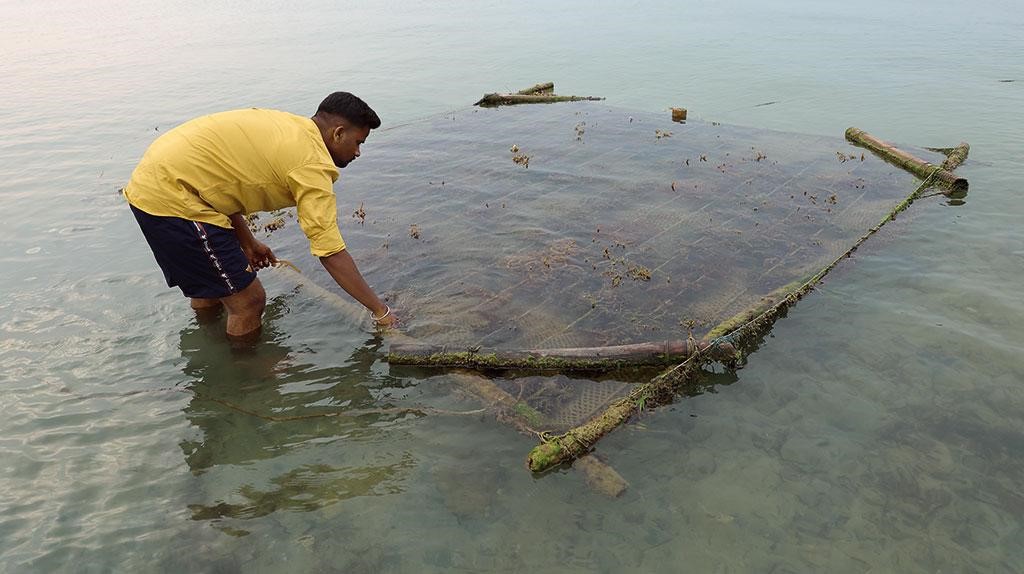Free Courses Sale ends Soon, Get It Now


Free Courses Sale ends Soon, Get It Now



Disclaimer: Copyright infringement not intended.
Context: Corals usually come in shades of green, brown, pink, yellow, red or blue. But a snorkelling investigation of three coral colonies adjoining Kurusadai, one of the 21 uninhabited islands that form the Gulf of Mannar Marine National Park along the Tamil Nadu coastline, shows them to be grey and eerie.
Details:
The story:
Corals and seaweeds:
Seaweed Cultivation in India:
Commercial production of Kappaphycus:
About the National Park:
Flora:
Fauna:
Concerns:
About Kappaphycus alvarezii:
History as an invasive species:
|
PRACTICE QUESTION Q) Which of the following statements is/are correct with reference to Gulf of Mannar Marine National Park? a. The dugong, a vulnerable marine mammal, is the flagship mammal of the park. b. It is the most highly diverse fish habitat in India.
Answer: Option 3 |
© 2024 iasgyan. All right reserved